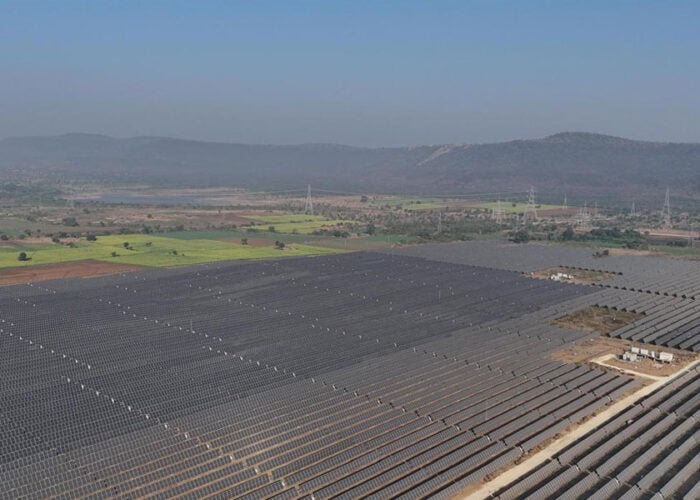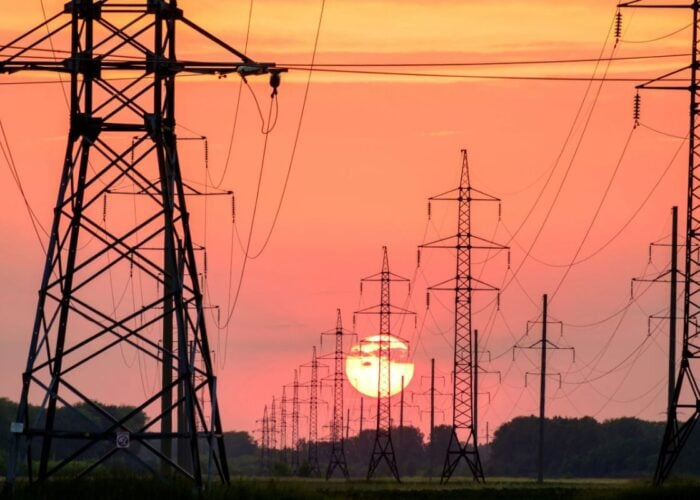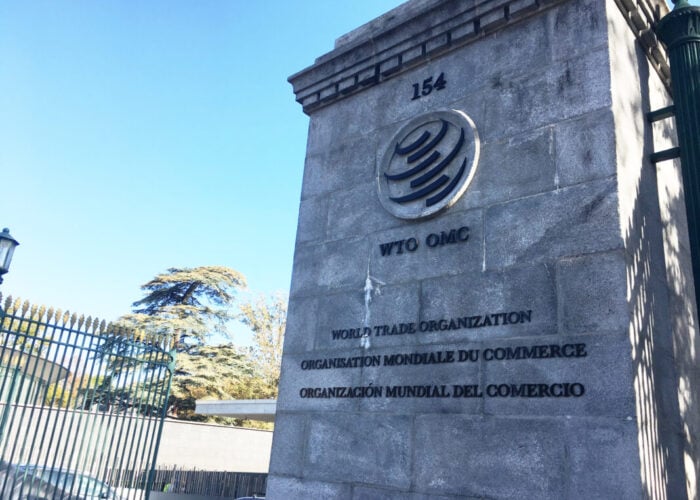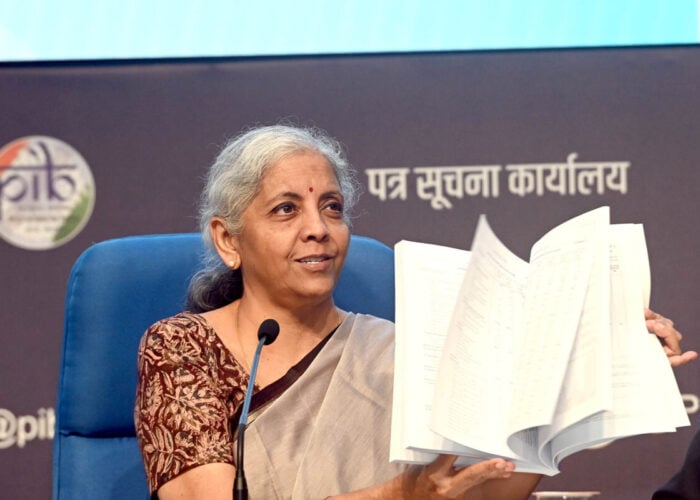
The Indian government has approved production-linked incentives for the country’s solar module manufacturing sector to help the country add 10GW of power generation capacity.
The government extended a production-linked incentive (PLI) plan to include solar module manufacturing on Wednesday (7 April), setting out a plan to spend INR45 billion (US$602 million) over the next five years.
Unlock unlimited access for 12 whole months of distinctive global analysis
Photovoltaics International is now included.
- Regular insight and analysis of the industry’s biggest developments
- In-depth interviews with the industry’s leading figures
- Unlimited digital access to the PV Tech Power journal catalogue
- Unlimited digital access to the Photovoltaics International journal catalogue
- Access to more than 1,000 technical papers
- Discounts on Solar Media’s portfolio of events, in-person and virtual
Prime Minister Shri Narendra Modi approved the Ministry of New & Renewable Energy’s proposal for the PLI scheme on Wednesday, which is hoped will reduce India’s dependence on solar technology imports.
It forms part of the latest pillar in India’s Atmanirbhar Bharat initiative to scale up domestic manufacturing, after the government announced last month it would roll out a 40% basic customs duty on solar modules from April 2022, and an additional 25% duty on solar cells from the same date.
Modi tweeted yesterday that the scheme will turn India into “a hub of renewable energy” as the nation rebounds from the impact of COVID-19 restrictions on new project deployments.
Recently released figures from JMK Research & Analytics show that India deployed just 2.6GW of utility-scale solar capacity last year. Although it argued 2021 will be a “landmark year” for India’s solar sector, it predicts just 9.7GW of utility-scale additions by the end of the year. Bridge to India, meanwhile, claims that 13.5GW of solar capacity could be added this year. However, this is still far below the government’s target of adding 25GW of new solar capacity every year for the next nine, with the hope of reaching 280GW of installed solar by 2030.
The government said in a statement that India’s solar capacity currently “depends largely upon imported solar PV cells and modules as the domestic manufacturing industry has limited operational capacities of solar PV cells and modules”.
The new scheme, which is called the National Programme on High Efficiency Solar PV Modules, will seek to reduce the sector’s dependence on imports through a “transparent competitive bidding process”. The PLI funding will be paid out to selected solar manufacturers for five years on the commissioning of their PV manufacturing facilities. The manufacturers taking part in the scheme will be awarded funding based on the production of “higher efficiencies of solar PV modules and also for sourcing their material from the domestic market”.
It is hoped the scheme will result in an additional 10GW of installed solar capacity in the coming years, prompt a direct investment of INR17.2 billion (US$230 million) in manufacturing projects, create 30,000 jobs and a wider job network of around 1,20,000 workers, and drive research and development into higher efficiency solar modules.
As part of the PLI scheme, which was first announced last autumn, INR181 billion (US$2.42 billion) has also been allocated to support the manufacture of advance chemistry cell (ACC) batteries, supporting domestic and international companies who want to launch a business arm in India.
A handful of solar tech companies have declared their intention to build up their Indian business in recent months, including inverter supplier Sungrow, which is expanding its local production facility threefold to reach annual production of 10GW in 2021. Tata Power Solar also announced this week it has expanded its PV manufacturing facility in Bengaluru taking its total production capacity to 1.1GW.
A recent report from the International Energy Agency (IEA), however, warns that US$1.4 trillion of additional clean energy tech funding may be needed to put India on a “sustainable path over” the next 20 years, “or 70%, higher than in a scenario based on its current policy settings”.







